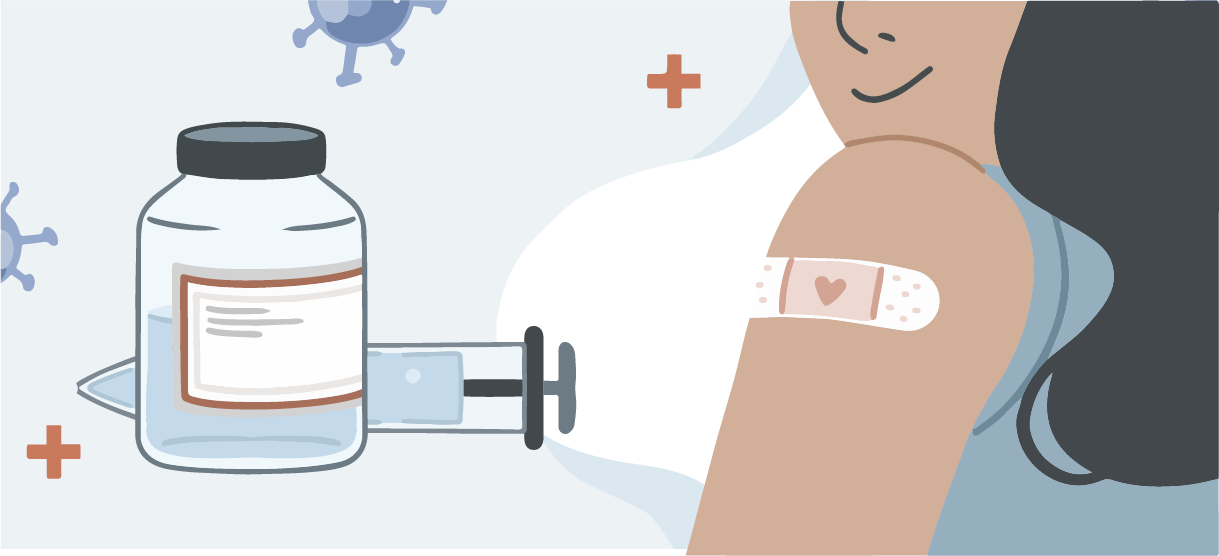
Vaccines are a form of medical treatment and disease prevention purely based on scientific ingenuity, carefully crafted through a rigorous process to ensure safety and efficacy. Unfortunately, not everyone knows the truth about vaccines, and many have preconceived notions about their efficacy and safety. Understanding the journey from conception to approval is crucial in dispelling fears and misconceptions. Let’s unravel the layers of vaccine development, explore the technology behind these life-saving doses, and shed light on the safety measures that make them a cornerstone of public health.
Vaccine hesitancy often stems from common misconceptions and myths. From fears of severe side effects to concerns about rapid vaccine development, it’s crucial to address these issues head-on. The reality is that adverse reactions to vaccines are exceedingly rare, and the accelerated development of vaccines during emergencies is a testament to scientific advancements, not a compromise in safety.
Myths surrounding vaccines can be persistent, and dispelling them is key to fostering a collective understanding. Scientific consensus confirms that vaccines do not cause autism, and the benefits of vaccination far outweigh the risks. By relying on evidence-based information from reputable sources, we can unravel the webs of misinformation and empower individuals to make informed decisions for their well-being.
Education is a powerful tool in dispelling vaccine fear and misinformation. By fostering open dialogue, providing accurate information, and encouraging questions, we empower individuals to make informed choices about their health. Healthcare professionals, community leaders, and educators play pivotal roles in disseminating knowledge and bridging gaps in understanding.
Vaccine technology has evolved, with various approaches to achieve the same goal: training the immune system to recognize and fight off pathogens. Modern vaccines leverage innovative technologies, such as:
Ensuring the safety of vaccines is a non-negotiable priority throughout the development process. Stringent safety measures include:
Vaccines are meticulously formulated with minimal additives. While some vaccines may contain trace amounts of preservatives, stabilizers, or adjuvants to enhance efficacy, these are present in quantities deemed safe. The focus is on preserving the integrity and effectiveness of the vaccine while minimizing any potential side effects.
Vaccination efforts are not isolated endeavors but part of a global mission to safeguard public health. International collaboration among scientists, researchers, and regulatory bodies ensures that vaccines adhere to universal standards. Recognizing and supporting these global initiatives fosters trust in the safety and efficacy of vaccines.
Understanding the meticulous approval process, the scientific foundation of vaccines, and addressing common concerns propels us toward a future where vaccination is embraced as a cornerstone of public health. By collectively dispelling fears, we pave the way for a healthier, more resilient global community, united in the pursuit of well-being and disease prevention.
The development and approval of vaccines are a testament to the dedication of scientists, the evolution of technology, and unwavering commitment to public health. By demystifying the phases, understanding the science, and emphasizing safety measures, we foster a deeper appreciation for the marvels of vaccine development, ensuring a future where these life-saving interventions are embraced with confidence and trust.